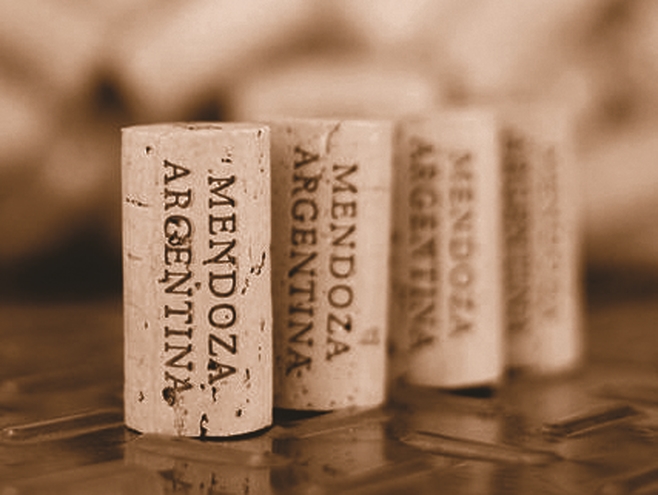Why Corks Matter

Pulling a cork from a bottle of wine may seem mundane, but there’s much more to it than meets the eye. Your main goal is the delicious liquid within, and you’re left with two scenarios: the cork glides out effortlessly, or you find yourself fishing for bits. This simple process lasts about 10 seconds, yet that cork has undergone a complex journey before reaching your glass.
Corks are harvested from oak trees, primarily found in Portugal and Spain. The cork extraction process is labor-intensive; farmers strip the bark every 9 to 10 years, allowing it to regrow while the trees thrive. Once harvested, the bark is cut into sheets, dried, and boiled to clean and flatten it. This preparation enables the wood to be punched into precise cork shapes, with leftover material repurposed into other types of cork.
Mariana Onofri, Wine Director at The Vines of Mendoza, emphasizes that they use the highest quality cork for most of their red wines. This choice is crucial for two reasons: natural corks expand to create an airtight seal and allow for micro-oxygenation, which enhances the wine’s aging process.
This quality comes at a cost, reflected in the wine’s price. When they can’t use perfectly cut corks, they opt for matted cork, a blend of various cork parts that retains the same benefits. For white wines—except Chardonnay—they use screw caps that also create a secure seal. At Vin Vineyards, synthetic corks made from rubber or other materials are avoided, as they don’t provide the same airtight protection as natural cork or screw caps.
